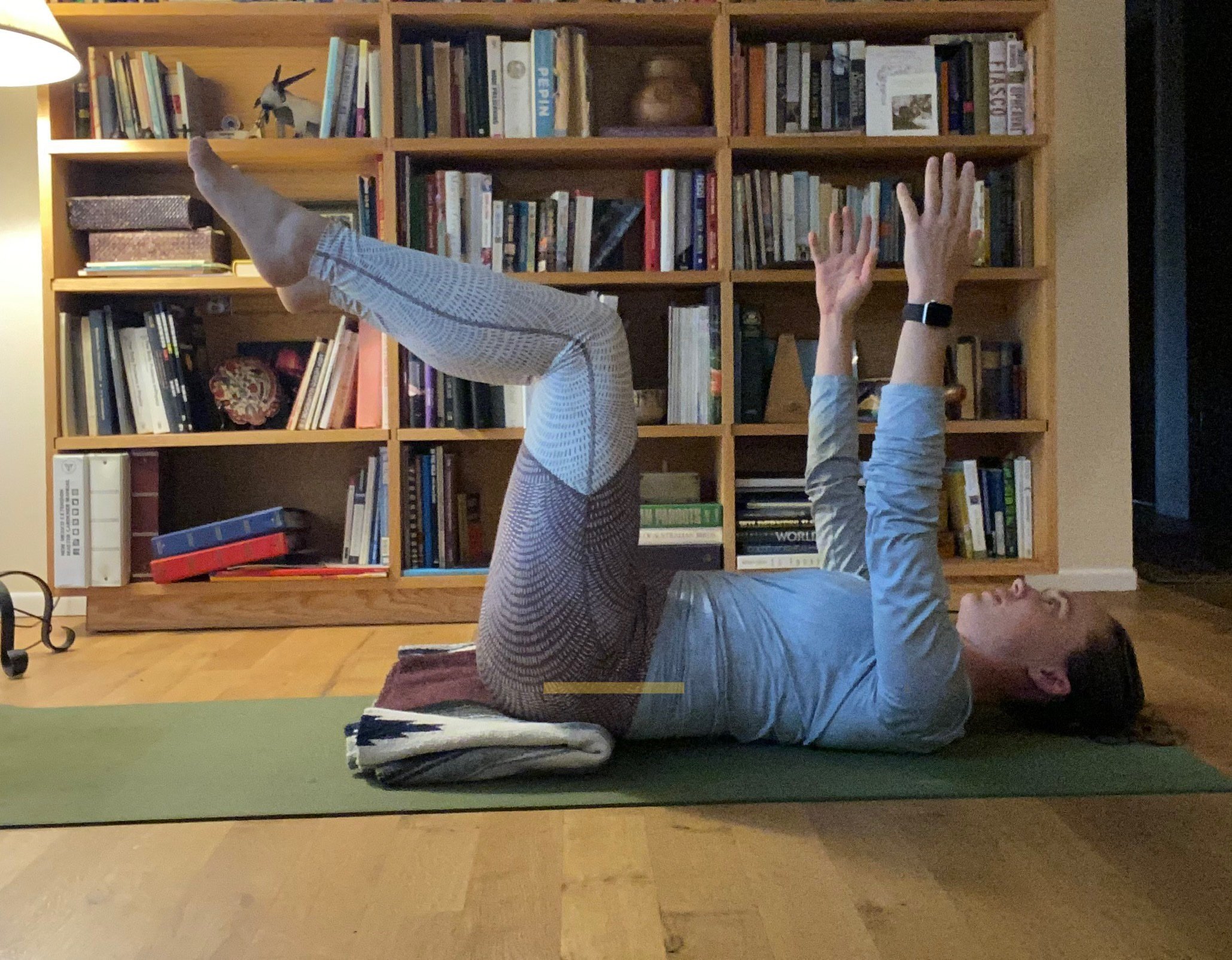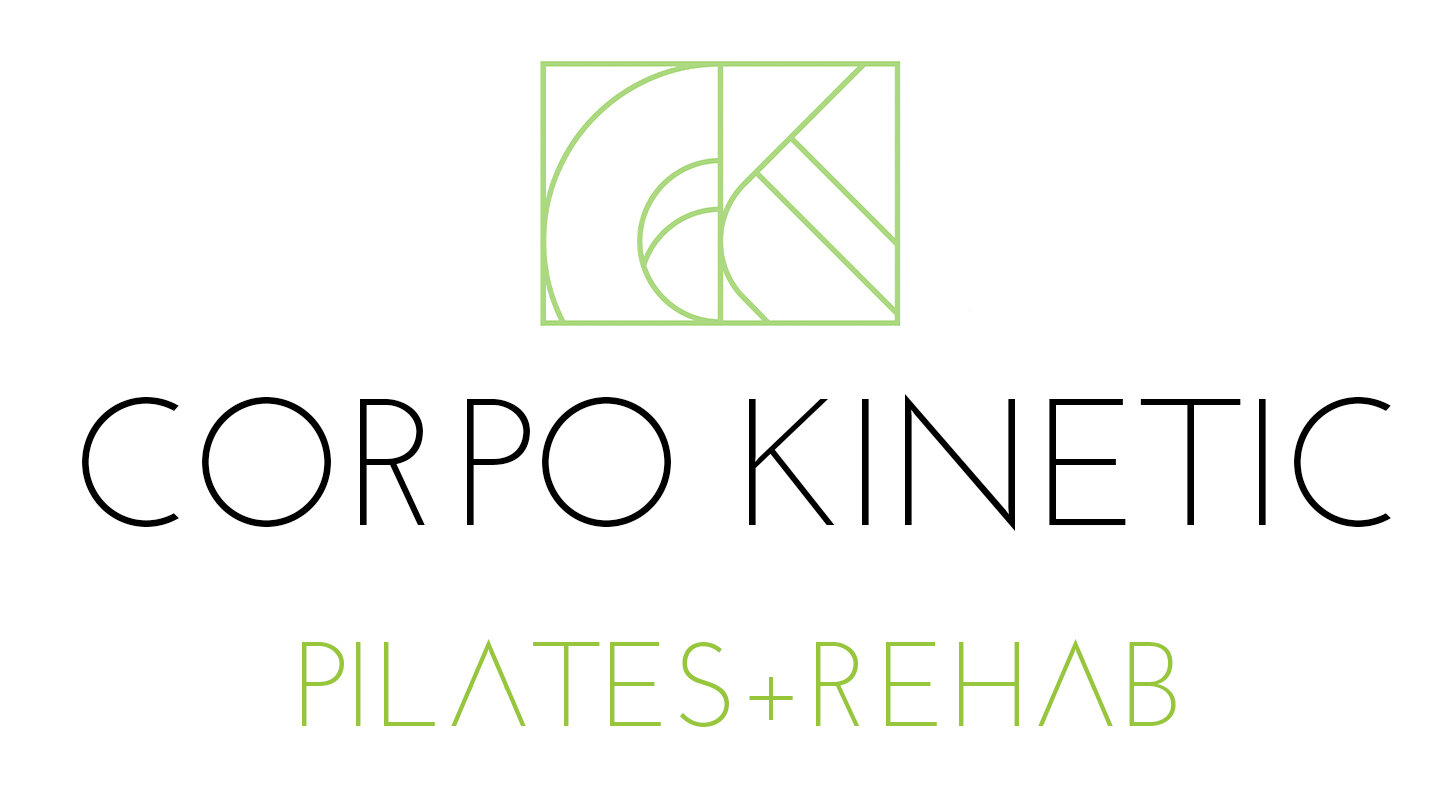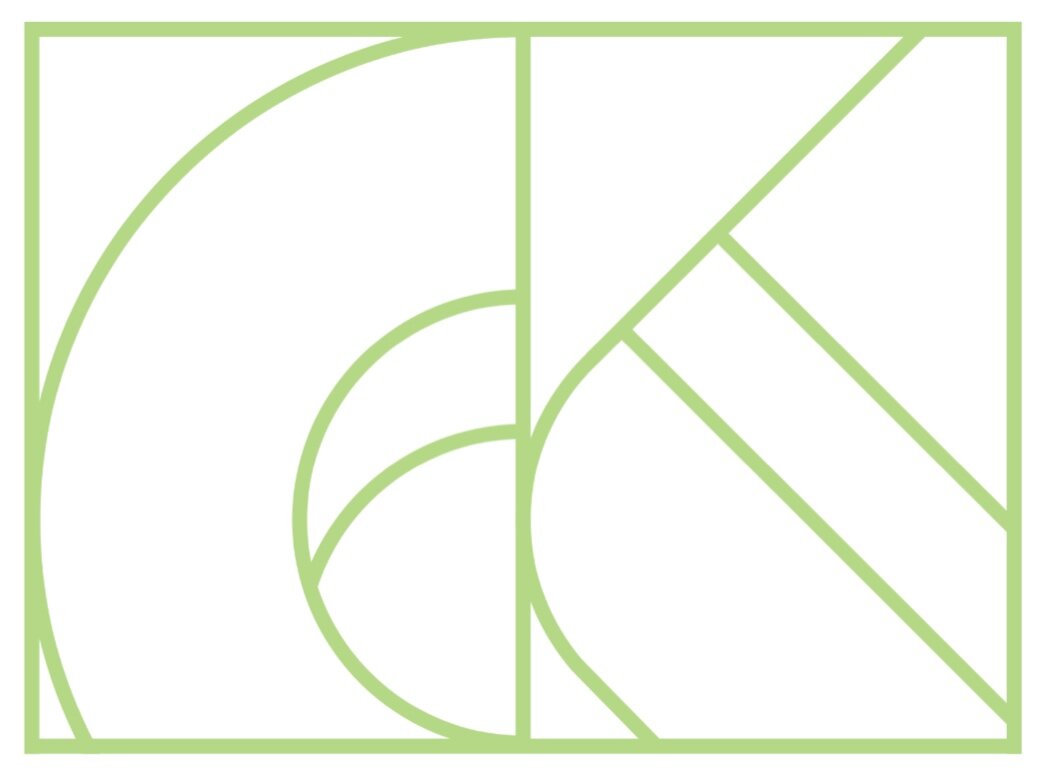
Blog

Squats
Squats are one of those exercises we know we need, but often hate to request… If you feel like you have challenges with the squat, or feel discomfort in your low back, knees, or hips, you’re not alone!
Let’s take a closer look at the common challenges our clients have experienced with squats, what they mean, and how to work on improving your form for a pain-free and more effective squat!

Neutral Pelvis, Cont.
In our last blog, we discussed the neutral pelvis: why it matters, and how to find your neutral in a variety of positions: sitting, standing, and laying on your back (or supine). Ideally, a neutral pelvis is one from which you can comfortably move, meaning we can effectively work the core and hip muscles without strain on the back or pelvis. Not everyone can comfortably find neutral without props or modifications - sometimes tension in the body, injury, or habitual postal patterns restrict the body’s ability to comfortably be in neutral without strain. If that sounds familiar, read further! This month we’re focusing on ways to prop or modify to make your neutral pelvis feel a little more comfortable, and possibly even a little more familiar.

What’s A Neutral Pelvis? (And Why It Matters)
If you’ve ever taken a Pilates class before, you’ve probably heard the instructor refer to a “neutral pelvis.” In this blog, we’ll explore what we mean by a neutral pelvis, why we focus on it in Pilates, and how to understand what’s happening in your own pelvic alignment.

How Your Pelvis Moves Your Neck
If you’ve been following our blog the last couple of months, you’ve seen how we work with computer posture in the neck and upper back, and how we work with tight hips and lower backs from sitting. And this month I’d like to let you in on a little secret: it’s all connected. The position of your pelvis will influence the position of your upper back and neck, and visa versa.

What Happens to our Hips When We Sit?
For most people, this long year of pandemic has translated into a lot more sitting time, and we’re feeling the consequence in our hips. At the studio, hip openers are one of the main requests we’re hearing in classes
Why? Sitting for long periods of time can cause tightness in the hip flexors and lower lower back, and corresponding weakness in the glutes and lower abdominals. This pattern is called Lower Crossed Syndrome (Remember Upper Crossed Syndrome from our last blog?), and there are many ways Pilates can help.

